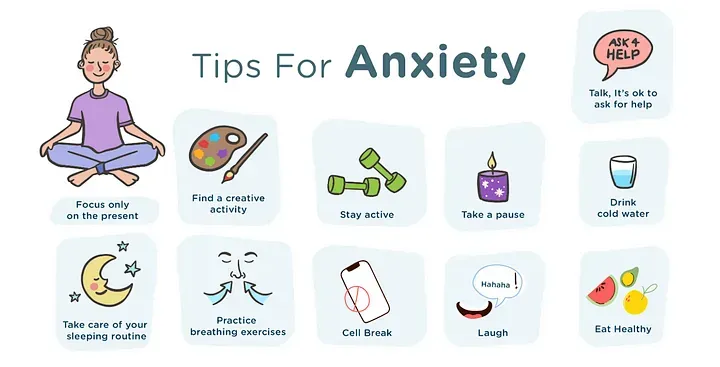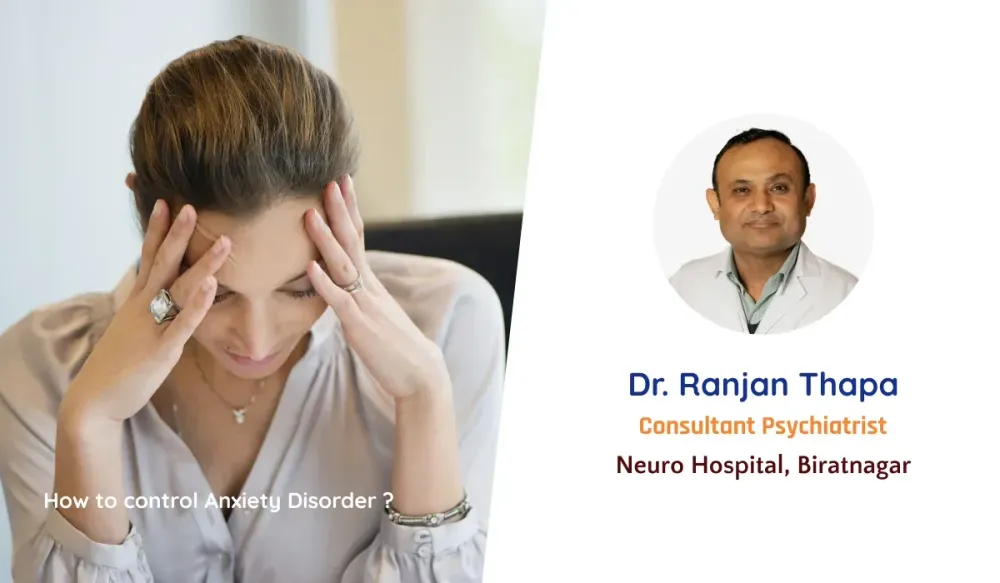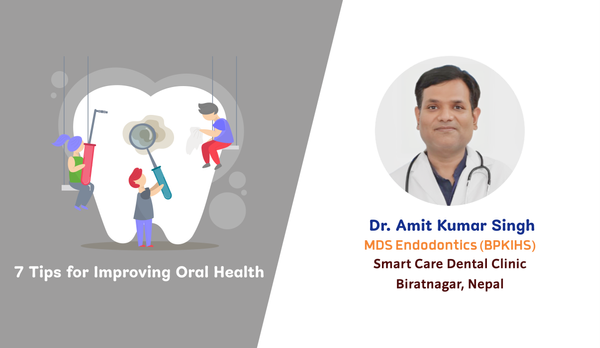How to control Anxiety Disorder ?
Anxiety is a natural response to stress or perceived threats. It’s a feeling of fear, uneasiness, or worry, typically about something that is about to happen or could happen in the future. While it’s normal to feel anxious in certain situations, such as before a job interview or a big presentation, anxiety becomes problematic when it’s persistent, excessive, or disproportionate to the actual threat.
Anxiety can manifest both physically and emotionally, and its symptoms can vary from person to person. Common physical symptoms of anxiety may include:
- Rapid heartbeat
- Shortness of breath
- Sweating
- Trembling or Shaking
- Muscle Tension
- Fatigue
- Nausea or stomach discomfort
- Headaches
- Dizziness or light headedness
Emotional symptoms of anxiety may include:
- Excessive worry or apprehension
- Restlessness or feeling on edge
- Difficulty concentrating
- Irritability
- Trouble sleeping
- Racing thoughts
- Fear of losing control or going crazy
- Avoidance of situations that trigger anxiety
Anxiety disorders are a group of mental health conditions characterized by excessive and persistent anxiety and fear. They include generalized anxiety disorder (GAD), panic disorder, social anxiety disorder (social phobia), specific phobias, and others.

These disorders can significantly impair daily functioning and quality of life if left untreated.
Controlling anxiety can involve a combination of strategies, including lifestyle changes, self-care practices, therapy, and sometimes medication. Here are some techniques that may help:
- Deep Breathing: Practice deep breathing exercises to calm your nervous system. Breathe in slowly through your nose, hold for a few seconds, and then exhale slowly through your mouth. Repeat several times.
- Progressive Muscle Relaxation (PMR): This technique involves tensing and then relaxing each muscle group in your body, one at a time. This can help release physical tension associated with anxiety
- Mindfulness and Meditation: Mindfulness practices, such as meditation or yoga, can help you stay present and reduce anxious thoughts. Focus on the sensations of your breath or your body to anchor yourself in the present moment.
- Regular Exercise: Engage in regular physical activity, as exercise can help reduce anxiety and improve mood by releasing endorphins, which are natural stress relievers.
- Healthy Lifestyle: Maintain a balanced diet, get enough sleep, and avoid excessive caffeine and alcohol, as these can exacerbate anxiety symptoms.
- Limit Stressors: Identify and try to limit exposure to situations or triggers that contribute to your anxiety. This may involve setting boundaries, saying no to extra responsibilities, or avoiding certain environments.
- Seek Support: Talk to someone you trust about your feelings, whether it’s a friend, family member, or therapist. Sharing your thoughts and emotions can provide relief and perspective.
- Challenge Negative Thoughts: Practice cognitive-behavioral techniques to challenge and reframe negative thoughts that contribute to anxiety. Replace irrational beliefs with more realistic and positive ones.
- Set Realistic Goals: Break tasks into smaller, manageable steps and set realistic goals for yourself. Celebrate your achievements, no matter how small.
- Seek Professional Help: If anxiety is significantly impacting your daily life, consider seeking professional help from a therapist or counselor. They can provide personalized strategies and, if necessary, prescribe medication to help manage symptoms.
Remember that managing anxiety is a process, and what works for one person may not work for another. It’s essential to experiment with different techniques and strategies to find what works best for you. Additionally, be patient and kind to yourself as you navigate your journey toward better mental health.




